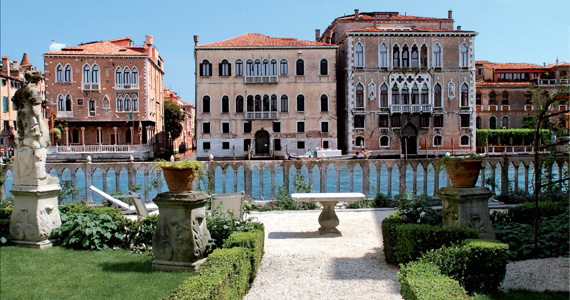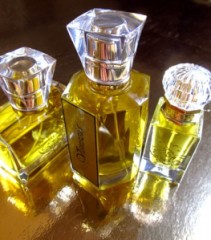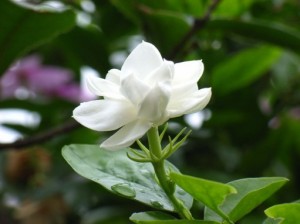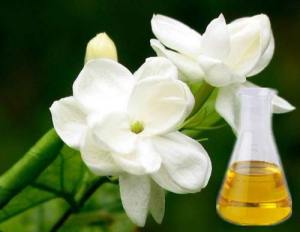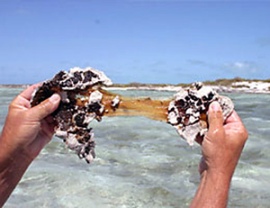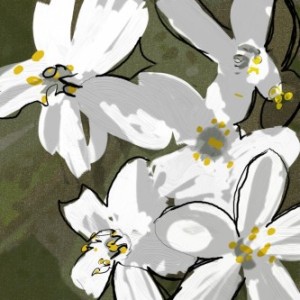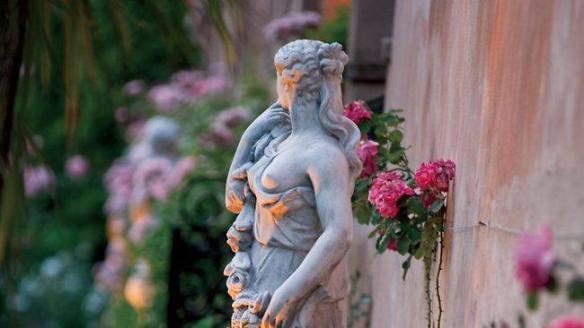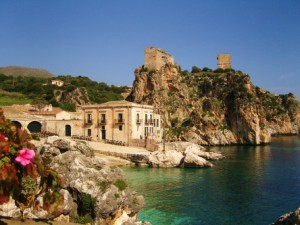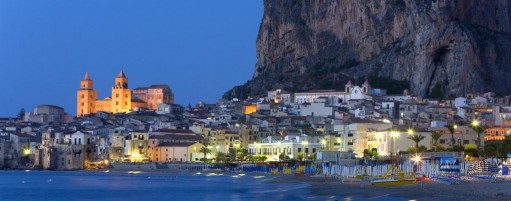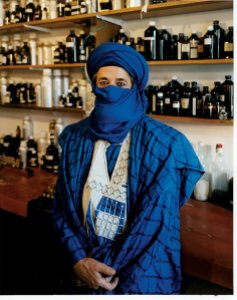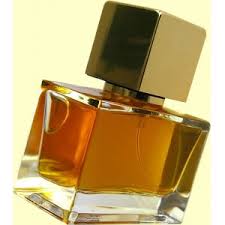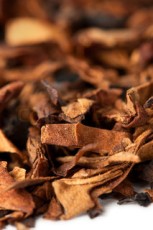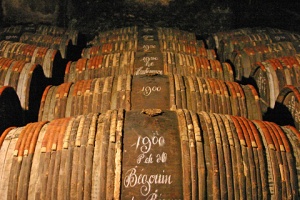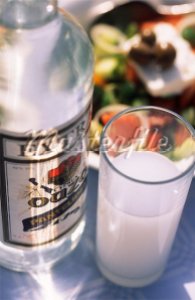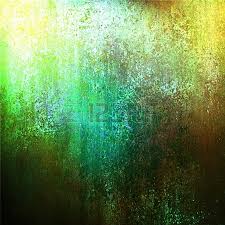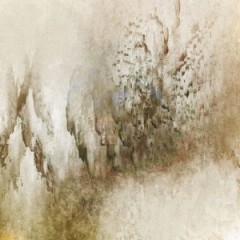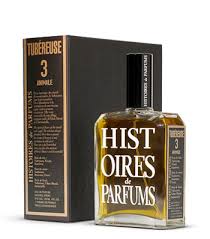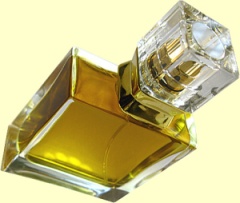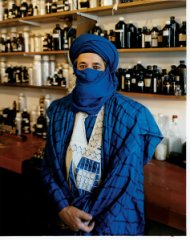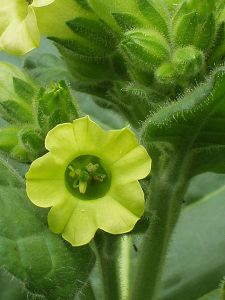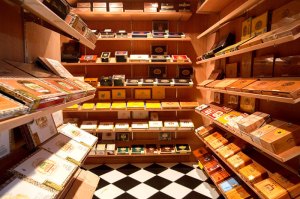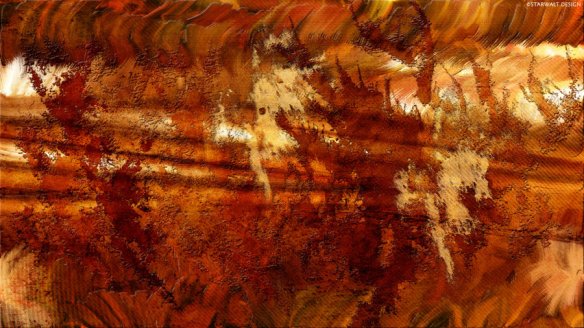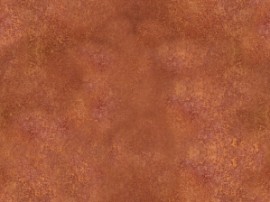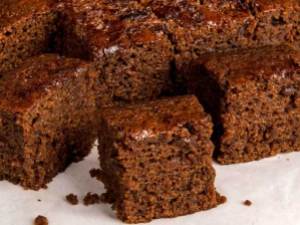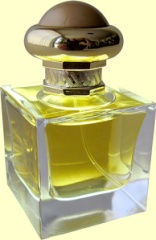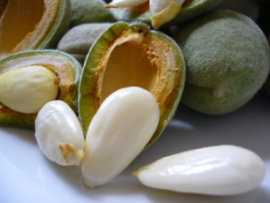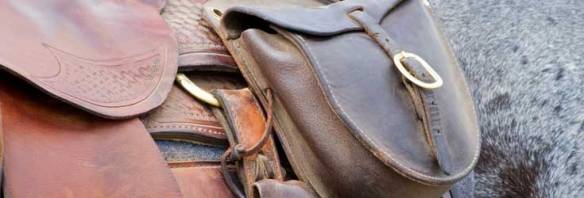Venice, the city of canals, Casanova, and romance is also a city with a secret. Gardens and green courtyards abound in secret nooks and crannies unknown to the anyone but the city’s residents. Did you know? I certainly didn’t, and I’ve been to Venice.
La Via del Profumo wants to open up this private world to you with Venezia Giardini Segreti, or “Venice’s Secret Gardens.” Venezia Giardini Segreti (which I’ll just call “Giardini Segreti” for the sake of brevity) is an all-natural eau de parfum from Dominique Dubrana (now known as “Abdes Salaam Attar“), the second in his new “Italian Series,” and a 2013 release.
Abdes Salaam Attar explains the inspiration for the fragrance:
“Venezia, Giardini segreti” is inspired by the “corti” – the courts of Venice that contain its secret gardens, hidden within the maze of the city – and particularly to the imaginary “Corte Sconta detta Arcana” of the “Favola di Venezia” di Corto Maltese, first discovered in the recesses of Hugo Pratt’s mind, and illustrated by his hand. [¶] “When the Venetians grow tired of the established authorities,” he writes, “they walk to these 3 secret places and, opening the doors that are in the bottom of these courts, they go away forever into beautiful places and other stories.”
The essences that recount these hidden courts, where the feel and smell of the sea are never far away, are of Jasmine and Rose, of Italian aromatic herbs and of Myrrh, the sweet resin which evokes the city’s ancient connection with the East.
Ambergris is the ingredient of this perfume that celebrates Venice’s foundation on seafaring; it’s the key that opens the door to other worlds and other stories. It is the magical ingredient that renders the fragrance three-dimensional, the noble pheromone with a scent of leather, of sea and of mother’s milk. This smell, so rare and precious that it is no longer used in modern perfumes, confers to the “Venezia Giardini Segreti” a unique and inimitable magic.
Based on that description, the official notes in Venezia Giardini Segreti include:
jasmine, rose, herbs, myrrh, and ambergris.
Giardini Segreti opens on my skin with a powerful but delicate burst of green, dewy jasmine, infused with mint and dark, smoky indoles. The flower’s aroma feels as crisp and clear as a bell rung in the Alpine mountains, but there is a black, smoldering heart which is magnificent. The jasmine is not as heavily sweetened, fleshy, ripe or heavy in feel as the one in Abdes Salaam’s Tawaf; this is much fresher, greener and watery, at least at first. Yet, it inexplicably feels stronger, and its heart has a certain dark rubberiness. The wintergreen note which is laced throughout the jasmine is powerful at first, but it softens within minutes.
Giardini Segreti starts to slowly turn deeper and richer, losing some of its chilled dewiness and crispness. There is the tiniest flicker of something like light olive oil poking its head up in the distance. It’s hard to explain, but there is an oily richness which gradually starts to seep into the jasmine. It’s not greasy and it certainly doesn’t smell of olives, but it’s more than mere oil. It’s also lightly herbal in nature, though I find it impossible to distinguish the precise aroma. Basil? Tarragon? Myrrh can have an anise-like undertone on rare occasion, as it does in Serge Lutens‘ La Myrrhe, but Giardini Segreti’s accord doesn’t smell like anise. Whatever the elusive herb, it’s an intangible, muted presence, but a pretty one.
10 minutes in, Giardini Segreti is a jasmine scent whose primary characteristics veer between minty green and oiled smoothness. The whole thing is flecked with black from the smoky indoles, while a tiny animalic tinge of leather stirs for the first time in the depths below. The fragrance continues to grow warmed and more oiled, but I smell no roses at all. In fact, I didn’t on any of the occasions when I tested Giardini Segreti.
I also don’t smell ambergris in the way that I’m used to or have previously encountered. There is none of the note’s salty, marshy or wet characteristics, though there is an increasing touch of muskiness circling around the animalic accord in the base. All there is instead is a richness and warmth. I would bet it’s the ambergris which is responsible for the oily feel which I talked about earlier. With every passing quarter-hour, it feels as though a soft wave of smooth, lightly scented, vaguely herbal oil is flooding over the jasmine. It turns the petals unctuous and slightly slick, though I have to repeat that the jasmine here is not voluptuously rich, narcotic, or heavy. The greenness remains at this point, thereby ensuring that the floral aroma is still somewhat fresh and bright. Nevertheless, the ambergris helps to muffle and mute some of that minty tonality.
At the end of the first hour, Giardini Segreti has turned into a baby-soft, smooth jasmine oil, with emphasis on the oil part of that sentence. The sillage has changed accordingly. From its originally forceful, strong opening, Giardini Segreti now lies less than an inch above the skin. The velvety jasmine petals are lightly infused with ambergris, herbs, and a lingering trace of smokiness. The more interesting thing, however, is the growing presence of an animalic, almost civet-like edge in the base. It’s the tiniest bit feral, but also very subtle.
Slowly, Giardini Segreti starts to shift into something darker, less green. At the 90 minute mark, the perfume is a softly smoky gardenia with only a trace of a green undertone but increasingly animalic, leather facets. The petals feel soft, but the sense of an oil has vanished. There is instead the first appearance of something peppered and woody in feel in the background. Giardini Segreti lies right on the skin like a discreet, intimate silken sheath. For my personal tastes, the sillage is too soft too soon, but, then, I prefer my florals to be sonic booms worthy of one of Wagner’s Valkyries. Giardini Segreti feels better suited to one of the dainty damsels who Casanova turned into a quiet sensualist.
Giardini Segreti continues to change by slow degrees. 2.5 hours in, it is a skin scent of half-sweet, half-dry jasmine with an undertone of animalic leather and a dash of peppered woodiness. An hour later, a subtle honeyed creaminess appears on the scene, leading me to wonder if Giardini Segreti has opoponax or sweet myrrh in addition to the ambergris listed in the notes. After 4.25 hours, Giardini Segreti is a blur of jasmine and lightly honeyed beeswax, and then just eventually just sweetened creaminess. All in all, it lasted just short of 6.5 hours on my skin.
On Fragrantica, there is only one review for Giardini Segreti. “Spookie” writes:
my first impression is that there is something very familiar about this perfume. Not in the sense that it reminds me of another scent but that it’s like turning a corner and experiencing deja vu. But this time I’ve turned a corner and I’m in a sunlit courtyard, the light dappled by a green canopy, small flowers peeking out of cracks in the cobbles and a brambly rose climbing a wall. It’s like this place has been waiting for me, patiently, to find it again. This is the scent of that place: quiet, private, and otherworldly. That was my first impression. [¶]
Over time this scent becomes more human, even sensual. There’s salty skin under the florals and an almost spicy green lifting it up. Projection is moderate but I have only dabbed from a small sample- not that there’s anything wrong with having someone lean in to smell this. I compared this to Tawaf, because I was curious about how the jasmine might appear in both, and unlike Tawaf’s almost sticky density, VGS’s jasmine is higher and brighter without losing its intensity. I like this perfume a lot, but then I’m frequently impressed by La Via del Profumo.
Denyse Beaulieu of Grain de Musc loved Giardini Segreti, put it on her Top 10 List of Summer Scents (in 2013) that she had fallen for and described it as: “a haunting blend of jasmine, rose, herbs and ambergris that is just a joy to behold.” In her full review, she talks of how it evokes an alternate universe, writing in part:
AbdesSalaam Attar hails from that alternate universe. A Frenchman by birth and a traveler, he has undertaken the journey of fragrance backward, eastward, toward the origin and the Orient, via Italy. His Venezia Giardini Segreti does not attempt the dazzling technical feats of contemporary, French-trained perfumers but – I’ve written this before about his work – it nevertheless springs from an age-old culture of scent. […]
Here, rose and jasmine are both seductive and mystical. The herbs that tinge them with green and aromatic notes hint at an even richer bouquet – there is a tuberose effect – the petals vivid against sap-filled leaves and sprigs.[…] the secret ingredient of his Venezia Giardini Segreti is ambergris, which he describes as “a scent of leather, of sea and of mother’s milk.” I’ve only smelled ambergris tincture twice, and couldn’t truly pretend to recognize it: perhaps the “sea” and “mother’s milk” are what give Venezia Giardini Segreti the eerie, “I’ve been there before” sensation I experienced when I applied it. Like Venice, perfume is nothing if not a labyrinth.
On Perfume Smellin’ Things, Giardini Segreti conjured up “garden of dreams and reverie” inhabited by “poet or noblewoman dressed in Renaissance garb.” Donna’s review talks about Giardini Segreti’s “magical effect,” and says:
The luscious jasmine Sambac in this fragrance is particularly sublime, and since my skin tends to amplify white florals, it is quite dominant at first, but that’s fine with me, since I love jasmine, and the languid dreaminess of the composition speaks to my own personality as a lover of gardens, history, beautiful vintage objects, and good stories. The rose is the handmaiden to the jasmine here, adding a ripe fullness and plush comfort to the centerpiece of jasmine. I don’t know what pure ambergris smells like, but its inclusion in this perfume seems to give in an overall patina of nostalgia and wistfulness, like the ineffable pull of memory experienced when looking at faded photographs of places you have never been, but to which you feel a deep connection, and you wish you could somehow become a part of that long ago scene, where all the rough edges have been erased by time, leaving only the watercolor beauty of happy memories and idyllic living. Wearing Giardini Segreti is like stepping into that fantasy world, and I never want to leave it.
My experience was obviously very different from either of those accounts. I didn’t have any of the lush richness, roses, or saltiness that they encountered. Then again, I experienced animalic leather and smokiness which I far prefer to roses. Whatever the specific notes, I have to confess that I didn’t find Venezia Giardini Segreti to evoke either romantic fantasy worlds or a sense of “I’ve been there before” that both the Fragrantica commentator and Denyse Beaulieu mentioned. I liked Venezia Giardini Segreti, and agree that it has a very languid feel as a whole, but I far preferred the decadent, hedonistic excesses of the jasmine in Tawaf. Plus, as I’ve noted a few times in the past, I like my white flowers to sing operatically and at Wagnerian levels. Others, however, prefer their perfume to be more discreet and approachable, so it’s all a matter of personal tastes.
At the end of the day, though, there is no doubt that Venezia Giardini Segreti is lovely. Its gorgeous, fresh, bright opening is a head-turner. At the same time, the unusual leathered touch and the animalic whiff of the later stages make the perfume stand out from many jasmine scents on the market. If you’re looking for a languid jasmine with a twist and with a touch of darkness, then you should definitely give Giardini Segreti a sniff.
Disclosure: My sample was courtesy of Abdes Salaam Attar. That did not impact this review. I do not do paid reviews, my views are my own, and my first obligation is honesty to my readers.

